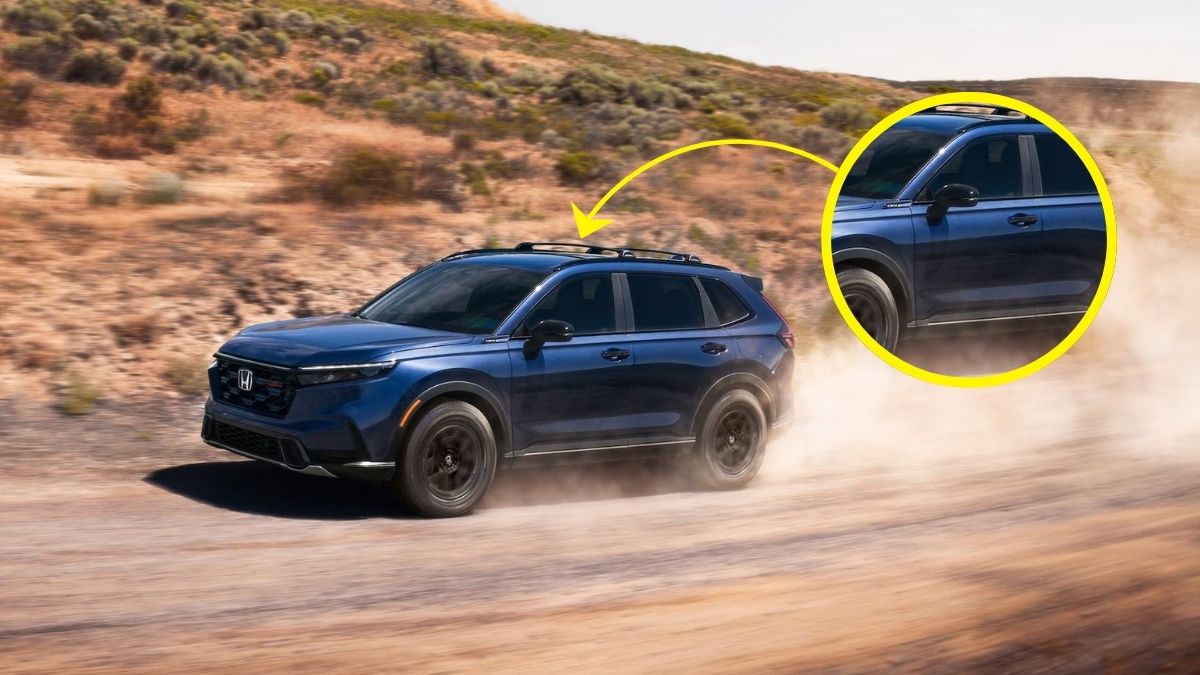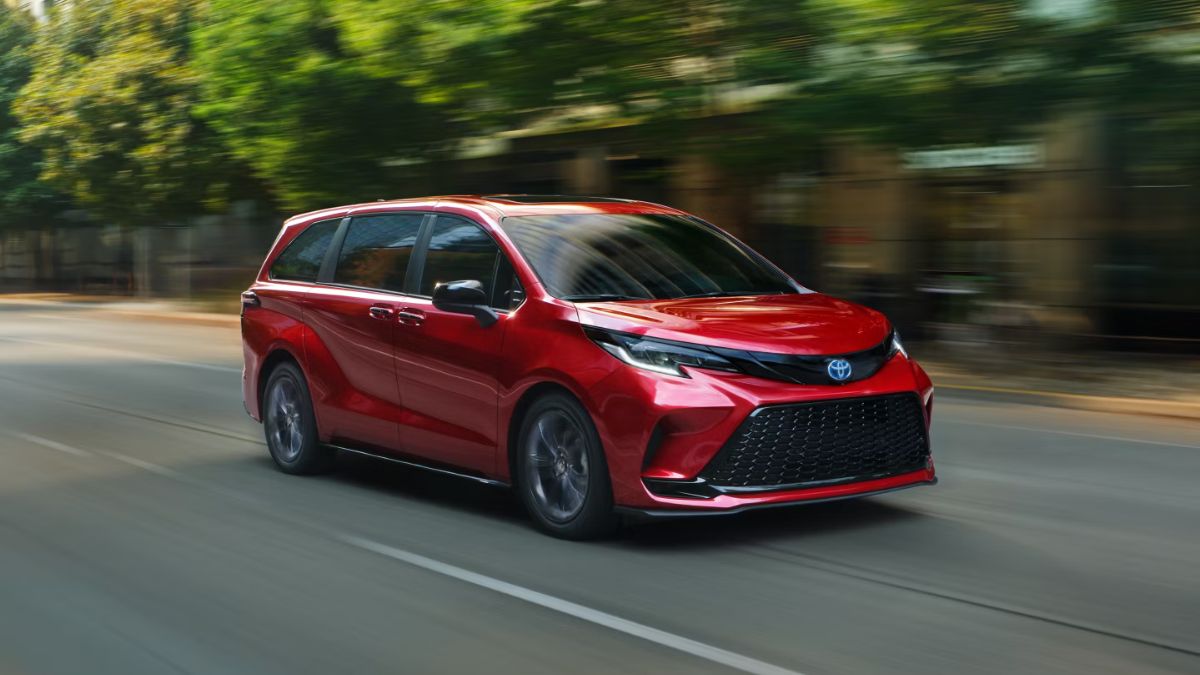How do hybrid cars work? Simply put, they mix a traditional gasoline engine with one or more electric motors and a battery. This smart combination helps improve fuel efficiency and reduce emissions. The car’s computer decides when to use the engine, the electric motor, or both, depending on how you’re driving. This teamwork between gas and electric power makes hybrids more efficient and eco-friendly than regular cars.
Unlike regular cars that only use gasoline or EVs that only run on batteries, hybrids combine both. This gives you the best of both worlds — better fuel mileage, less pollution, and less dependence on fuel. While each type of hybrid works a bit differently, the goal is the same: use gas and electric power together for the best efficiency.
Here’s a simple breakdown of the main parts and how they work together:
The Core Components of Hybrid Cars
All hybrid cars have a few key parts that work together to make them efficient:
Internal Combustion Engine (ICE): Usually a small gasoline engine that helps power the car when needed. It’s built for better fuel efficiency rather than just power.
Electric Motor(s): These motors help drive the car, support the gasoline engine, and also work as generators to recharge the battery.
Battery Pack: A high-voltage battery stores energy for the electric motor. It’s smaller than in fully electric cars and built to charge and discharge often.
Power Control Unit/Inverter: This is the system’s brain, managing power between the engine, motor, and battery. It also converts battery power into energy the motor can use and helps switch between gas and electric smoothly.
Transmission/Power Split Device: This part blends power from both the engine and electric motor and sends it to the wheels for driving.
How Hybrid Cars Work While Driving: Modes and Regenerative Braking
Hybrid cars are smart because they switch between different driving modes to save fuel and reduce emissions — often without the driver even noticing:
Starting & Low Speeds: At low speeds or in traffic, hybrids usually run on the electric motor only, using battery power. This saves fuel and produces zero emissions.
Normal Driving: When cruising at higher speeds, the car uses both the gasoline engine and the electric motor together for better efficiency and power.
Heavy Acceleration & Hills: During fast acceleration or climbing hills, both power sources work at full strength for extra performance.
Braking & Slowing Down (Regenerative Braking): When you brake or slow down, the electric motor acts like a generator, turning the car’s movement back into battery power. This helps recharge the battery and reduces brake wear.
Stopping & Idling: At a stop, the engine usually shuts off to save fuel. The battery keeps things like air conditioning and the radio running, and the engine restarts when you press the pedal.
Charging the Battery: The battery charges mainly in two ways:
Regenerative Braking: Captures energy when braking
Engine Charging: The gasoline engine can also recharge the battery while driving when needed.
This smart switching between gas and electric makes hybrids efficient, eco-friendly, and smooth to drive.
| Hybrid Type | Electric-Only Driving | Battery Charging | Key Features |
| Mild Hybrid (MHEV) | No | Regenerative braking & engine assist | Small motor assists engine; better fuel efficiency; start-stop system |
| Full Hybrid (HEV) | Yes, short distances | Regenerative braking & engine assist | Can drive on electric power alone for short trips; seamless power switch |
| Plug-in Hybrid (PHEV) | Yes, longer distances (20-50 miles or more) | Plug-in charging + regenerative braking & engine | Plug in to charge; long electric-only range; gasoline backup for long trips |
Types of Hybrid Systems
Not all hybrids work the same way. There are three main types:
Mild Hybrids (MHEV): These use a small electric motor to help the gasoline engine, especially when accelerating or restarting after stopping. The electric motor can’t power the car by itself, but it improves fuel efficiency and helps recover energy when braking.
Full Hybrids (HEV): Like the Toyota Prius, these can run on electric power alone for short distances. They switch between the engine, electric motor, or both, depending on how you’re driving. The battery charges while driving through the engine and braking.
Plug-in Hybrids (PHEV): These have bigger batteries and can be plugged in to charge. They can go longer on electric power alone (around 20-50 miles) before switching to the gasoline engine. This makes them great for daily drives on electric power, with gas backup for longer trips.
The Bottom Line on How Hybrid Cars Work
In simple terms, hybrid cars use a smart system that switches between gasoline and electric power to give you better fuel efficiency without losing performance. They’re an important step toward greener driving and offer a practical choice for millions of drivers looking to save fuel and reduce emissions.



